
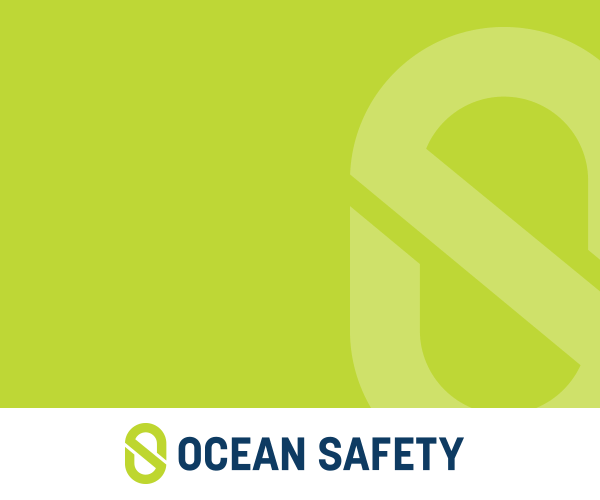
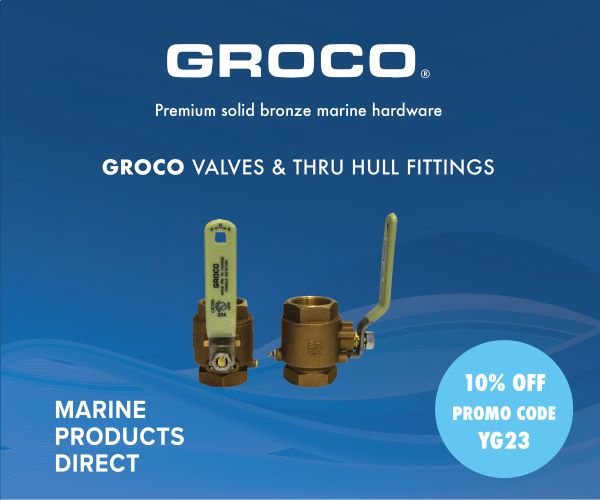


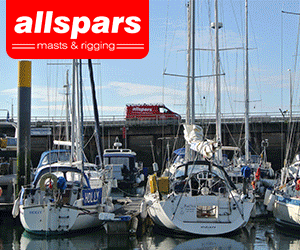
-(1)-202408140552.gif)
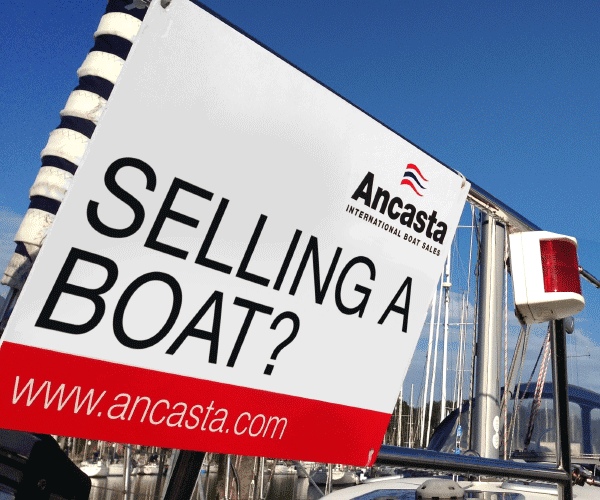
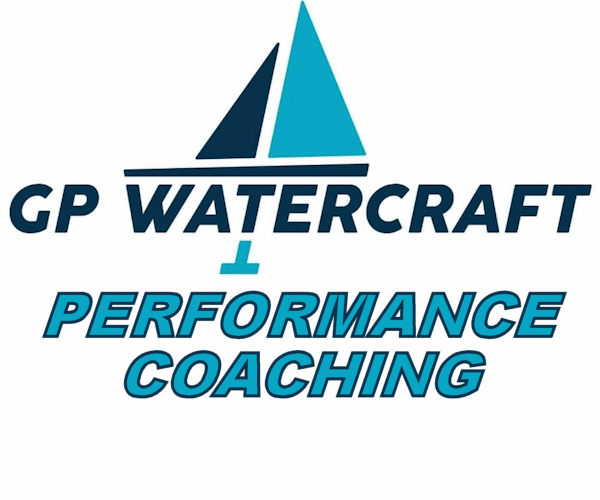



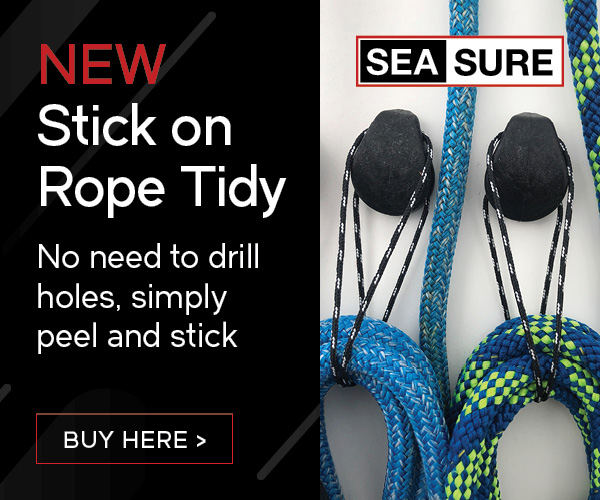
Boats for sale
| Laser 28 - Excellent example of this great design Hamble le rice |
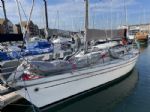 |
| Rossiter Pintail Mortagne sur Gironde, near Bordeaux |
 |
| Laser 140101 Tynemouth |
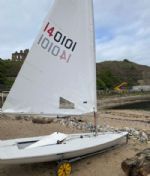 |
List classes of boat for sale |
Masts on Cats |
Post Reply 
|
| Author | |
catmandoo 
Really should get out more 
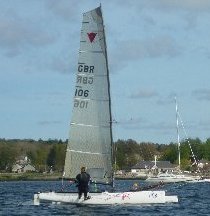
Joined: 16 Mar 04 Online Status: Offline Posts: 545 |
 Post Options Post Options
 Quote Quote  Reply Reply
 Topic: Masts on Cats Topic: Masts on CatsPosted: 24 Jan 11 at 1:13pm |
|
|
|
|
|
 |
|
Rupert 
Really should get out more 
Joined: 11 Aug 04 Location: Whitefriars sc Online Status: Offline Posts: 8956 |
 Post Options Post Options
 Quote Quote  Reply Reply
 Posted: 21 Jan 11 at 8:08pm Posted: 21 Jan 11 at 8:08pm |
|
A great question answered brilliantly. Thank you for 5 minutes of spot on forum time!
|
|
|
Firefly 2324, Puffin 229, Minisail 3446 Mirror 70686
|
|
 |
|
Flick-Flock 
Posting king 
Joined: 27 Mar 09 Location: United Kingdom Online Status: Offline Posts: 102 |
 Post Options Post Options
 Quote Quote  Reply Reply
 Posted: 07 Jan 11 at 10:21pm Posted: 07 Jan 11 at 10:21pm |
|
Multiplex is pretty much spot on, there's just a few things I'll add.
As well as the masts shape adding "area" it also helps the airflow to stay stuck to the sail. This minimizes the "separation" bubble. The separation bubble is the area after the mast where the airflow hasn't re-attached to the sail. It has two negative effects: 1) It causes turbulence as some air is drawn back towards the mast to fill the bubble. 2) The drive a sail creates is roughly at right angles to the cloth (see fig 5&6 on this diagram)  So if the luff isn't creating drive because of the separation bubble a lot of forwards drive is lost, this is especially important upwind. Obviously with a skinny mast the separation bubble isn't as big, so the benefits of wing masts are reduced. As to why they are more common on cats, I think the weight is a big factor, As far as I know, until recently most wing sections had to be made with metal, which made the masts pretty heavy. Cats are more forgiving to having a heavy mast swinging around above the boat, they have to heel quite a bit before the mast goes over the leeward hull and starts adding to the heeling force. This is made worse by the fact that, because of their shape, wing masts flex more sideways than they do forwards, which is the opposite to what you want from a mast. So they need to be beefed up even more. So while cats were evolving with wing masts, dinghy sailors were using bigger rigs and using the stays and spreaders to bend the mast and tune the rig (that's not to say most cat masts don't need tuning). So by the time it became feasible to make wing masts out of carbon, dinghy sailors wanted masts with specific bend characteristics that wing masts couldn't provide (both by being the wrong shape, and the logistics of having shrouds and tight rigging on a rotating mast was impractical) The big exception to the rule is the NS14, but I think that succeed because the hull was also very efficient, it was sailed by some good sailors and they were restricted to a relatively small sail area, so it was important to get the most out of that area. A good example is the Cirrus Icon that is currently being developed, it's based on the NS14, but has more sail area, and after testing they've decided not to keep the wing mast and to use a skinny mast instead. Note: I havn't sailed any boats with wing masts (other than a Hobie 15, and that hardly counts as that rig is awefull). All this is based off what I've read in books (mainly Frank Bethwaite's High/Higher Performance Sailing) and on the web, so I've probably missed something. Edited by Flick-Flock - 07 Jan 11 at 10:22pm |
|
|
Swimming after Laser 5000 5069
|
|
 |
|
Multiplex 
Groupie 
Joined: 02 Mar 08 Location: United Kingdom Online Status: Offline Posts: 42 |
 Post Options Post Options
 Quote Quote  Reply Reply
 Posted: 07 Jan 11 at 5:44pm Posted: 07 Jan 11 at 5:44pm |
|
Just because you sail a dinghy it doesn't necessarily make you a bad person!  The basic reasons are as follows. To answer the last part first. Cats tend to use rotating masts because they sail much faster than dinghies and can utilize the apparent wind effect produced when your forward speed is combined with the wind-speed. This has the effect a altering the angle that the air arrives at the sail, moving it to more of the bow. This is why, in a dinghy on the plane, you can pull in your sail a little more. However, generally dinghies don't go consistently fast enough to fully use this effect all the time, particularly upwind. The speed also means that cat sails tend to be cut much flatter than dinghy ones. Compare a WW1 biplane wing section to an airliner wing section. The biplane, like a dinghy typical sail, has a highly cambered wing section, creating bags of lift, but also lots of speed sapping drag. But as the thing is not designed for high speed, this is an acceptable compromise. The airliner on the other hand has an much flatter wing, with much less lift, but much less drag, so can but also needs, to fly faster. To fly slower and land nicely it needs to alter the shape and add lift. Forgetting about the trailing edge flaps, this is achieved by dropping the leading edge of the wing down to increase the camber. The cat wing mast has the same effect. By allowing it to rotate it increases the sail camber, as the sail is cut with this in mind. However, the amount of rotation can be critical. On the 'A' cat, for example, as little as 1/2 inch difference can have a noticeable effect particularly with the mast adding 1.5m to the total area. Upwind, the mast generally needs to be rotated to minimize it's drag, i.e.. point it directly into the wind direction, not your heading, and as the apparent wind and your speed increases, rotate it more fore and aft. The rotation is used to control the power in the mainsail (usually by a 'Mast Spanner', a bar fixed to the mast foot, facing aft and controlled by a line system). Generally, more rotation means more lift which means more power. But too much rotation means being overpowered in higher winds, rotating it too little can risk stalling the sail and loosing drive. So, by careful mast rotation, the cat sailor will set his upwind sail power to suit the wind strength and his weigh. Put very simply, the more wind, the less rotation - you want forward speed, not just hull flying. Downhill, you generally let the mast rotate much more as you usually need a fuller sail. It will also have more subtler tuning effects when combined with downhaul, outhaul, mainsheet tension and traveller position as it is a powerful tool to changing the sail shape. And knowing which of the above to alter, and by how much, is what makes people World Champions! Hopefully this helps prove that cat sailors can think too and are not all hooligans!!  Gordon 'A' Class also ran... |
|
 |
|
charlie1019 
Posting king 
Joined: 28 Nov 05 Online Status: Offline Posts: 173 |
 Post Options Post Options
 Quote Quote  Reply Reply
 Posted: 06 Jan 11 at 7:24pm Posted: 06 Jan 11 at 7:24pm |
|
A simple and probably obvious question, from a simple naive dinghy sailor...
Why do cats use over rotating wing masts - what do they achieve: more power, better efficiency, more control? Is an over rotating wing mast that much better than a high modulus skinny carbon mast in speed terms? How is the mast rotation controlled? At what angle to the centre line is the mast set? What is the penalty if the rotation is set at the wrong angle - better with too much or too little rotation? Finally, why do most cats seem to use them but not dinghies? |
|
 |
|
Post Reply 
|
| Forum Jump | Forum Permissions  You cannot post new topics in this forum You cannot reply to topics in this forum You cannot delete your posts in this forum You cannot edit your posts in this forum You cannot create polls in this forum You cannot vote in polls in this forum |
Bulletin Board Software by Web Wiz Forums® version 9.665y
Copyright ©2001-2010 Web Wiz
Change your personal settings, or read our privacy policy
Copyright ©2001-2010 Web Wiz
Change your personal settings, or read our privacy policy












 Printable Version
Printable Version Delicious
Delicious Digg
Digg Facebook
Facebook Furl
Furl Google
Google MySpace
MySpace Newsvine
Newsvine reddit
reddit StumbleUpon
StumbleUpon Twitter
Twitter Windows Live
Windows Live Yahoo Bookmarks
Yahoo Bookmarks Topic Options
Topic Options